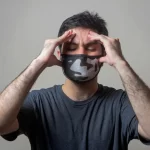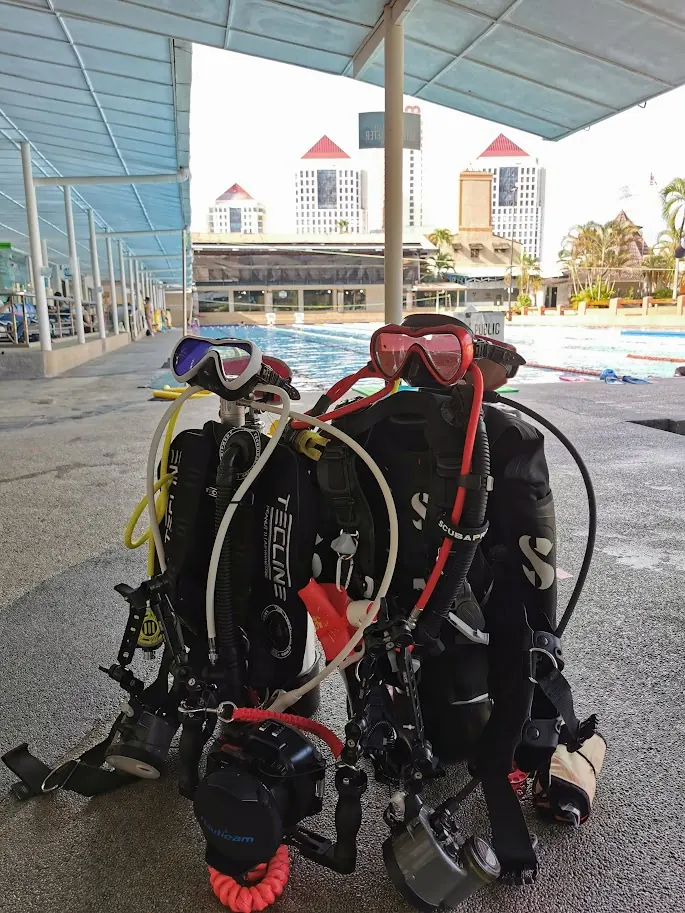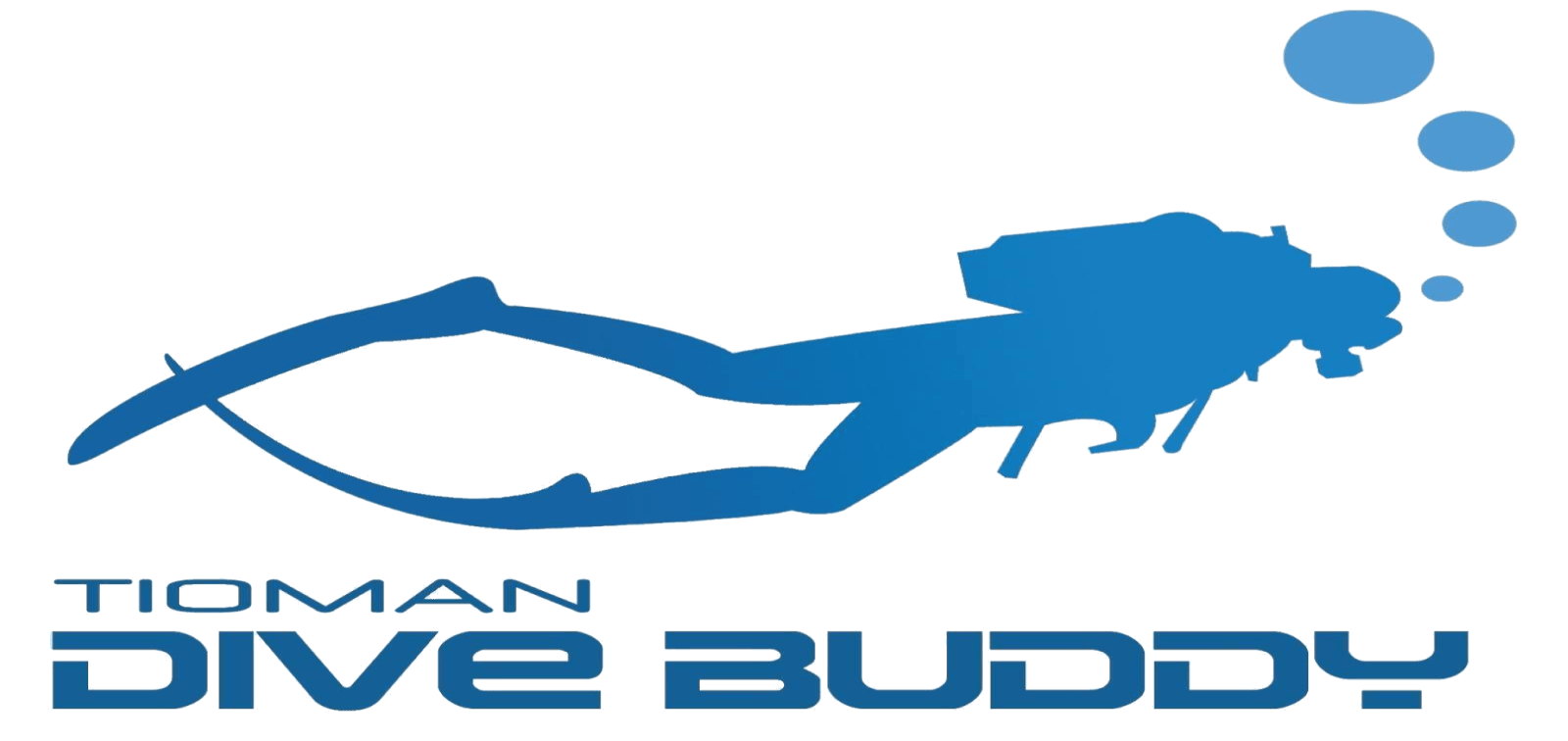
What is Decompression Sickness? An Essential Guide for Divers
July 29, 2024
Marine Life to Watch Out for While Diving: A Guide for Scuba Divers
July 31, 2024
How to Choose the Right Scuba Diving Equipment?
Selecting the right scuba diving equipment is crucial for ensuring safety, comfort, and an enjoyable underwater experience. Whether you're a beginner or an experienced diver, having the proper gear tailored to your needs can make a significant difference. In this guide, we'll walk you through the essential pieces of scuba diving equipment and provide tips on how to choose the best options for your diving adventures.
1. Diving Mask
The diving mask is your window to the underwater world, so choosing the right one is essential. Here are some tips:
- Fit: A good fit is crucial to prevent water leakage. Place the mask on your face without the strap, inhale gently through your nose, and see if it stays in place. If it does, it's likely a good fit.
- Field of View: Consider a mask with a wide field of view to maximize your visibility.
- Material: Opt for masks made from high-quality silicone, as they are more comfortable and durable.
- Prescription Lenses: If you wear glasses, look for masks that offer prescription lens options.
2. Snorkel
A snorkel allows you to breathe while on the surface without lifting your head out of the water. When choosing a snorkel:
- Type: There are several types of snorkels, including traditional, semi-dry, and dry. Dry snorkels prevent water from entering the tube, making them ideal for beginners.
- Comfort: Look for a snorkel with a comfortable mouthpiece and adjustable straps.
3. Fins
Fins are essential for efficient movement underwater. The right fins will help you conserve energy and move smoothly through the water.
- Style: There are open-heel and full-foot fins. Open-heel fins are adjustable and typically used with booties, while full-foot fins are worn barefoot.
- Size: Ensure the fins fit comfortably without being too tight or loose.
- Blade Type: Consider the stiffness and length of the blades. Stiffer blades provide more power but require more effort, while softer blades are easier to use but offer less propulsion.
4. Wetsuit or Drysuit
The choice between a wetsuit and a drysuit depends on the water temperature and diving conditions.
- Wetsuit: Made from neoprene, wetsuits provide insulation by trapping a thin layer of water between the suit and your skin. They come in various thicknesses; thicker suits offer more warmth.
- Drysuit: Drysuits keep you dry by sealing out water completely. They are ideal for cold water diving and provide better insulation than wetsuits.
5. Buoyancy Control Device (BCD)
A BCD allows you to control your buoyancy underwater, making it a crucial piece of equipment.
- Fit and Comfort: The BCD should fit snugly without being restrictive. Look for adjustable straps and padding for added comfort.
- Lift Capacity: Choose a BCD with adequate lift capacity for your needs, considering your body weight and the amount of additional gear you carry.
- Integrated Weight System: Some BCDs come with integrated weight systems, allowing you to distribute weight more comfortably.
6. Regulator and Octopus
The regulator delivers air from the tank to your mouth, while the octopus serves as an emergency backup.
- First Stage and Second Stage: The first stage attaches to the tank, and the second stage delivers air to your mouth. Ensure they are compatible and reliable.
- Breathing Effort: Choose a regulator that offers easy breathing at different depths.
- Cold Water Compatibility: If you dive in cold water, ensure your regulator is designed for such conditions to prevent freezing.
7. Dive Computer
A dive computer helps you monitor your depth, dive time, and ascent rate, ensuring a safe dive.
- User-Friendly Interface: Look for a dive computer with an easy-to-read display and intuitive controls.
- Features: Consider features such as nitrox compatibility, backlighting, and audible alarms.
- Wrist or Console Mount: Dive computers can be worn on the wrist or attached to your BCD console. Choose the one that feels more convenient for you.
8. Additional Accessories
- Dive Knife: Useful for safety and cutting through entanglements.
- Underwater Torch: Essential for night dives or exploring dark areas.
- Surface Marker Buoy (SMB): Helps signal your location to boats or your dive group.
Choosing the right scuba diving equipment is a critical step in ensuring a safe and enjoyable diving experience. Take the time to research and try out different options to find gear that fits your needs and comfort level. Remember, investing in high-quality equipment is an investment in your safety and enjoyment underwater. Happy diving!






